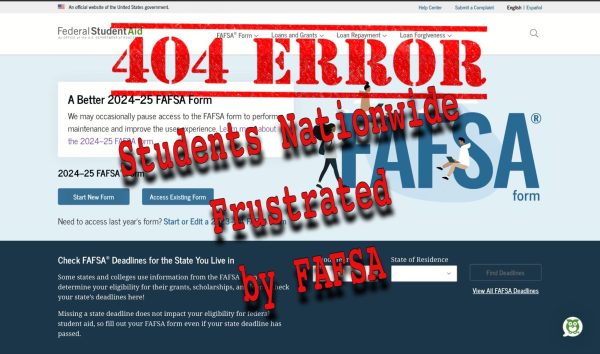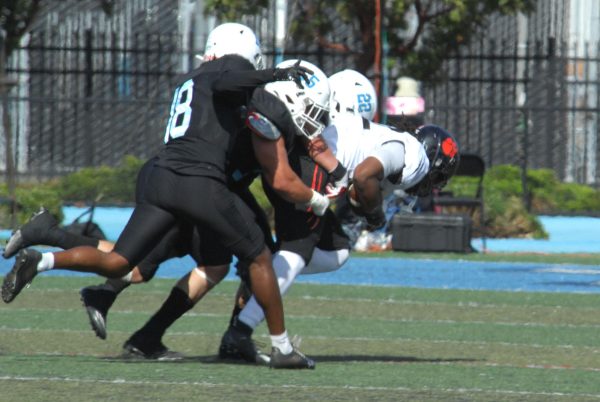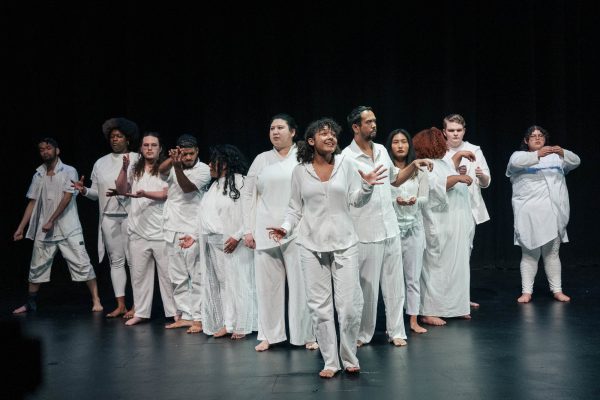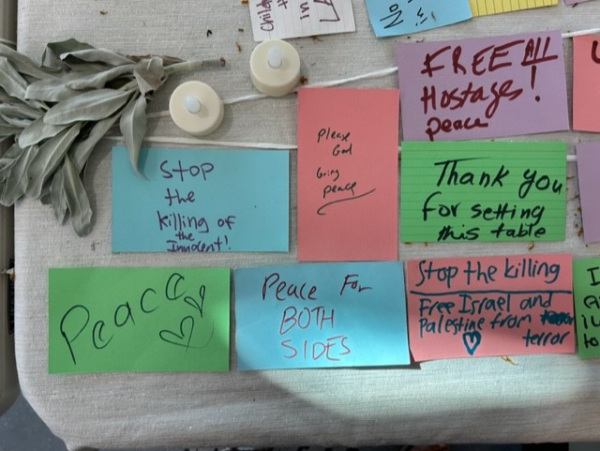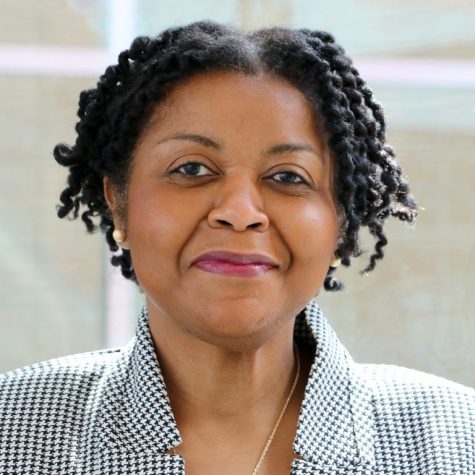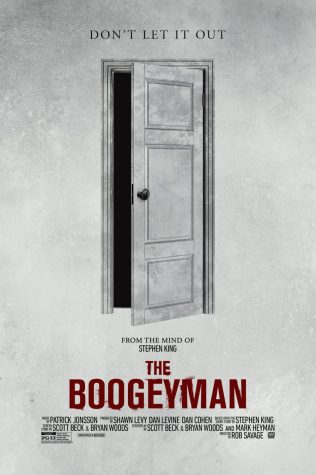Transfer rate data pinpoints targets
Information gathered from four-year study galvanizes strategies
March 16, 2016
Contra Costa College has outlined several different tactics to increase the transfer rate of certain demographics based on data collected by the district.
CCC’s Equity Plan data on transfer completion consists of student information that is separated into groups representing the student population who plan to transfer, based on ethnic backgrounds and varying economic demographics.
The data collected focuses on students who completed a minimum of 12 units and attempted a transfer level course in math or English. The total number is then compared to the average total of students who actually transfer in order to determine any deficiencies compared to the 28 percent average.
One of the new strategies that will be implemented this April, according to Equity Program Coordinator Mayra Padilla, is the organization and execution of four- year university field trips.
“We’re going be looking at the trips (the Puente Project) and EOPS take and to expand them to targeted students,” Padilla said. “We realize there is so much more to be done and we’re trying to find new ways to work with what we have available.”
Transfer counselor Andrea Phillips said, “Students need the opportunity to see outside their area. Students will have the opportunity to look at all the options, public, private, Southern California and even out of state.”
In the effort to close the transfer gaps, the field trips will consist of the transfer counselor and dean of student services working together with Puente and the district research department to target white and Latino students with transfer goals and encourage their participation in field trips.
“Our transfer counselor (Phillips) is organizing the field trips currently done by EOPS and Puente departments. One of the things they’re working on is expanding it to target groups.” Padilla said.
Phillips said students can expect at least one trip a month.
In order to increase the transfer rate for low-income students, the transfer coordinator will collaborate with the EOPS department to organize field trips to four-year universities, according to the Equity Plan outline.
Automotive collision repair major Temo Ramirez said, “I have brothers whose only intentions are to go to community college. I think the opportunity to go on the field trips would be good to get people out there.”
The data collection from the Equity Plan revealed that Latino, white, and low-income groups have the largest shortfall from the average transfer rate of all students.
Latino transfer students show a 21 percent overall transfer rate, falling short seven percent from the average, with only 14 students transferring out of 195 total.
The second largest gap is white students with 22 percent, 6 percent short of the 28 percent average, with 65 total students and only four transferring.
The last target group identified in the Equity Plan is low-income students with 25 percent of the total number of students transferring.
While individuals with disabilities represent a larger transfer gap of 4 percent, the college will focus on low-income students as they represent a higher number of affected students with 431 low-income students compared to 34 students with disabilities, according to the Equity Plan.
By the year 2020 the college goal is to eliminate the transfer gaps of these targeted populations according to the student Equity Plan.
The college plans to implement outreach and support to student populations who are falling short of the transfer average.
Outreach will consist of the transfer coordinator and dean of student services working together using the collected data of students who are actively attempting to transfer. They will provide them with direct communication and transfer workshops.
Biochemistry major Zackarriyah Burns said he likes the plan implemented by the college.
“I feel like the college does a good job now. The information for transferring is there for people who really look for it,” he said.
Padilla said that direct support will consist of emails and phone calls informing and inviting students to attend transfer workshops, field trips and the Transfer Day event.
Phillips said with the completion of construction drawing near and the selection of a new college president, the college needs a campuswide approach in supporting transferring students and their needs.
“Transfer Day should be something big, where the school shuts down to promote transfer. We should hear about it on the radio. That is where it has to take itself,” she said.




